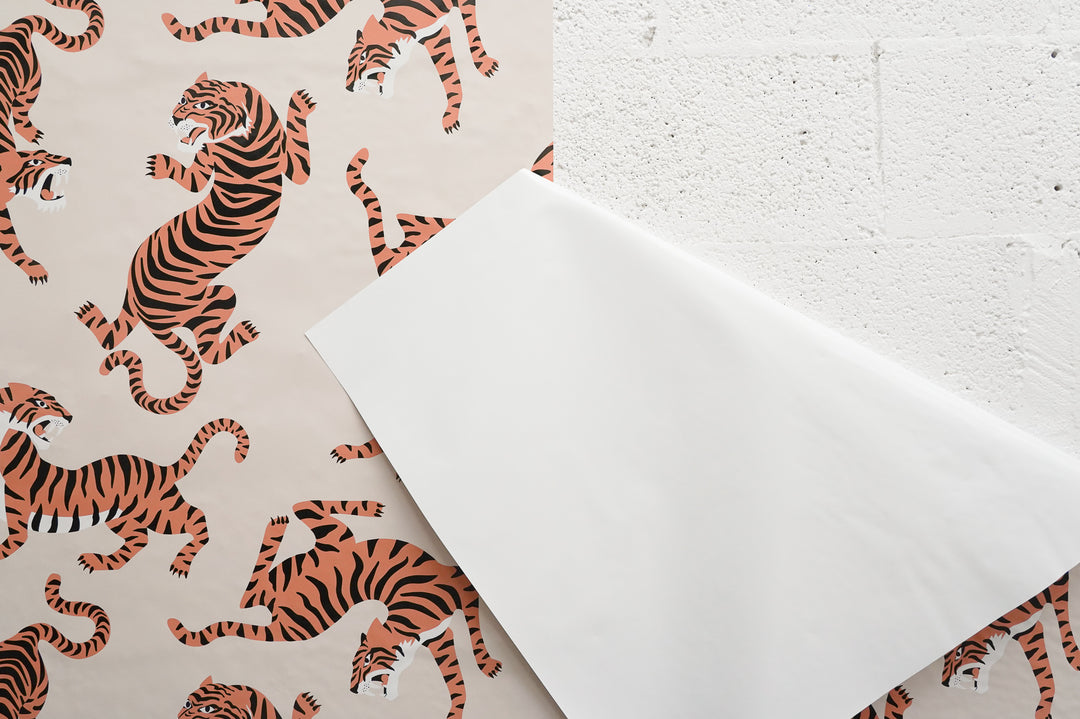Why Wallpapering Should Be the Final Step in Your Remodeling Process
When embarking on a remodeling project, the sequence of tasks is crucial for achieving a polished and professional finish. One common question homeowners often ask is: When should wallpaper be installed? The answer is clear: wallpapering should be the last step in your remodeling process. Here’s why:

Avoiding Construction Dust and Debris
Construction and remodeling generate a significant amount of dust and debris. From sanding walls to cutting wood, these particles can easily adhere to or damage wallpaper. By saving wallpapering for last, you ensure that your wallpaper remains pristine and free from construction-related grime.
Prevent Physical Damage
During the remodeling process, walls are frequently bumped, scraped, and subjected to other physical impacts. Tools, ladders, and construction materials can inadvertently cause tears, scratches, or stains on freshly installed wallpaper. By waiting until all other tasks are complete, you protect your wallpaper from such mishaps.
The Practicality of Installation Sequence
Finalizing Structural and Fixture Installations Before wallpapering, it's essential to complete the installation of permanent fixtures. This includes flooring work, drywall work, installation of doors and windows, cabinetry and fixtures in general. The process can damage the wallpaper if done afterward.
Wallpaper adheres to smooth, dry, painted and clean surfaces. By leaving wallpapering to the end, you allow sufficient time for any paint, plaster, or other wall treatments to fully dry and cure. This ensures that the wallpaper adhesive works effectively, providing a secure and long-lasting bond.
Achieving a Professional Finish
Wallpaper is often a key element in the overall aesthetic of a room. By installing it last, you can ensure that it harmonizes perfectly with the finished space. This allows you to make any necessary adjustments to your design scheme, such as paint colors, furnishings, and décor, ensuring a cohesive and visually appealing result.
The final steps in remodeling are about adding those finishing touches that pull the entire project together. Wallpapering at the end provides that polished look, serving as the crowning feature that enhances the overall ambiance of the room.

Exceptions to the Rule
While wallpapering last is generally advisable, there are exceptions, particularly when dealing with fixtures that need to be mounted on top of the wallpaper, such as large mirrors, some custom cabinetry, bathroom fixtures like toilets, or intricate moldings. In these cases, installing the wallpaper first ensures that these elements are seamlessly integrated, and sometimes it's removal and re-installation makes possible the wallpaper installation itself. However, even in these scenarios, it’s crucial to protect the wallpaper.
Wallpapering should be the final step in your remodeling process to protect your investment and ensure a flawless finish. By waiting until all construction is complete, you avoid potential damage and ensure that your wallpaper adheres properly and looks stunning. Remember, the sequence of your remodeling tasks is vital for achieving the best results, and wallpaper deserves its place as the finishing touch that brings your vision to life.
By following this approach, you’ll not only achieve a professional-looking result but also extend the longevity and beauty of your wallpaper, ensuring that your newly remodeled space looks fantastic for years to come.










Leave a comment